Infographic: How to clean wooden toys
Why washing wooden toys is important
A toy well-loved is a toy worth cleaning. As a parent, you know the more your child plays with his or her wooden toy, the dirtier it will become. Babies love to explore their wooden blocks and teethers with their mouths. In a preschool or kindergarten environment, many kids come in contact with the same toys. One way or another, your wooden toys are bound to pick up some icky germs.
Disinfecting your wooden toys keeps your kid protected from bacteria buildup — and the viruses and infections that may result. If any good has come from Coronavirus, it’s the heightened awareness and action to protect our loved ones from unseen sickness.
Plus, regular upkeep can help your wooden toys last a lifetime, which your kid might appreciate when he or she is all grown up.
Luckily, sanitizing wooden toys is a simple process that can be done with things you probably already have in your home. I’ll start by showing you the best way to wash your wooden toys naturally. After that, I’ll offer details about alternative methods and some things to avoid when cleaning wooden blocks and toys. Let’s jump right in!
Best way to clean wooden blocks and toys
The #1 proven method for washing wooden toys is by making your own mixture of vinegar and warm water, gently wiping the toys with a soft washcloth, then drying the toys.
Here’s an in-depth resource for your first time mixing a vinegar cleaning solution — so you get the vinegar-to-water ratio just right.
Before you start, prepare the following:
- 2 clean soft washcloths
- White vinegar
- Warm water
- A bowl
- A drying rack
Then follow these simple steps:
- Mix vinegar and warm water into a bowl to make a mild natural cleaning solution. About 1 part vinegar to 10 parts water is a good ratio. For extra dirty toys, add a touch more vinegar into the mix.
- Dip one washcloth into the bowl, then proceed to gently wipe the entire surface of the wooden toy.
- Use the other (dry) washcloth to gently pat the wooden toy dry.
- Place the toy on a drying rack, and wait 15-30 minutes until the toy is completely dry. Presto!
Best sanitizing solutions for wooden toys
By now, I hope you see just how easy disinfecting wooden toys can be! The instructions above are the simplest and most common way to clean wooden toys, but there are other tips, tricks, and alternatives that you might prefer. You can:
- Add a drop of natural essential oil into the mixture to give it a pleasant scent. For example, lemon or peppermint oil. Make sure you’re using food grade oil, not therapeutic grade oil.
- Use other kinds of vinegar, such as organic apple cider vinegar or balsamic vinegar. Some people argue white distilled vinegar is best because it doesn’t contain a coloring agent, but it’s up to you.
- Use natural or mild liquid dish soap to make your mix instead of vinegar. Since vinegar is natural and edible, it’s preferred over dish soap, especially if the wooden toy will end up in your baby or toddler’s mouth. But non-toxic dish soap is a viable alternative in a pinch. When making the mixture, aim for a very mild soap-to-water ratio, and when patting dry, be extra careful to remove all residue.
- Use a spray bottle. Some parents like to add the mixture into a household spray bottle and claim using a spray bottle to apply the solution gets better coverage and works even better for dirtier toys. Personally, I’ve never had a problem with washcloths, so I think this is just a matter of preference.
What to avoid when cleaning wooden toys
- Do NOT use harsh cleaning agents (Lysol), bleach (Clorox), or laundry detergent (Tide) in your mixture. These often contain toxic substances unsafe for your child that may be absorbed due to the wood’s porous surface. Plus, they may dry out and cause cracks in your wooding toy.
- Do NOT use wet wipes (Wet Ones). For the same reasons as above.
- Do NOT use baking soda in your mixture. Baking soda is too abrasive for many wooden toys, so you would risk tiny scratches or discoloration on the surface of the wood.
- Do NOT submerge your wooden toys in fluid. If you submerge your wooden toy in fluid for too long, it will absorb too much fluid. This may cause the shape of the toy to warp or swelling that causes cracks or damage to the paint. Plus, it will take for the toy to dry, so you would risk trapping bacteria in with the moisture.
- Do NOT use the dishwasher or washing machine. Hot water and running water are a no-no. They will cause the wood to swell and risk the toy’s paint to wear down or crack.
- Do NOT use abrasive wipes, like steel wool or coarse sponges. The instructions above call for gently wiping with a soft washcloth, because the more abrasive the scrubbing action, the more you risk scratching the wood’s surface.
- Do NOT expose your wooden toys to intense sunlight for too long. Placing your wooden toys in the sunshine helps them dry them faster and even kills bacteria, but prolonged exposure to sunlight can damage the surface of your wooden toy, causing cracks and faded colors.
How often should wooden toys be disinfected?
Regular care for your wooden toys keeps your kid safe and keeps your toy looking great. If only your child plays with the toy, cleaning about once a month is good practice. If many children are playing with the same toy — or for wooden baby toys that collect a lot of saliva — I’d recommend disinfecting weekly.
On especially dirty occasions, if the toy gets dropped in the mud or spaghetti sauce, then it’s a good idea to wash on the same day. Dirt and other sticky substances are much harder to clean after dried on.
Over to you!
With a little care and upkeep, you can keep your wooden toys germ-free for your kids and make them last a lifetime. You can easily clean wooden blocks and toys with natural cleaning solutions and equipment found tucked away in your kitchen.
Do you have any other tips for sanitizing wooden toys? I’d love to hear from you! Let me know in the comments below.

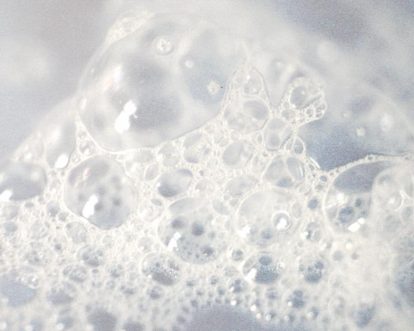


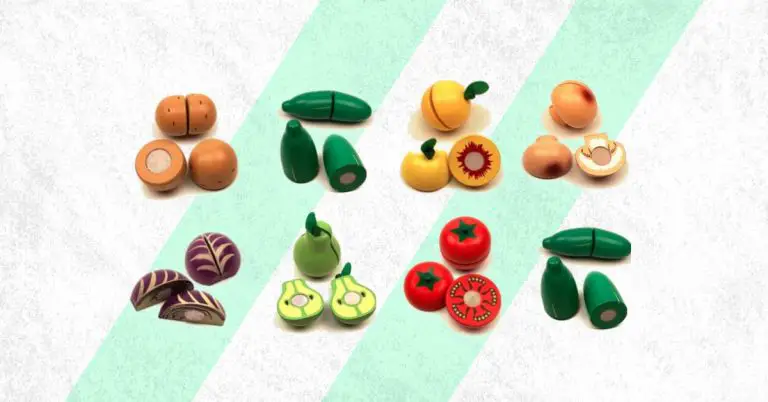
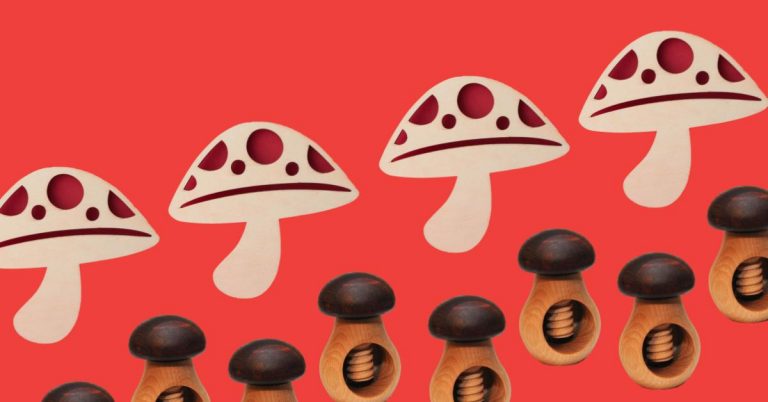
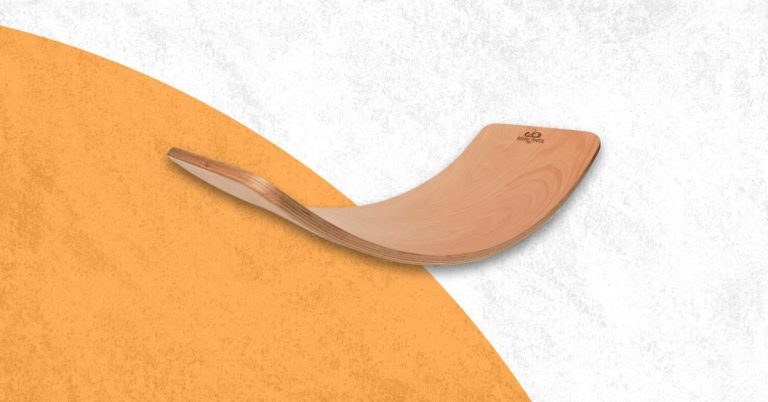
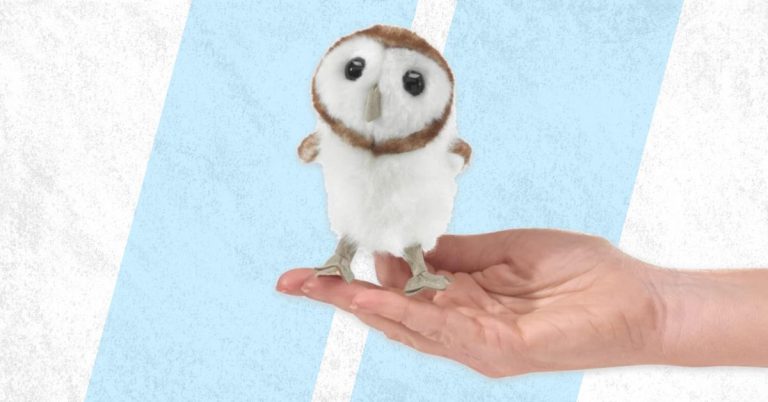
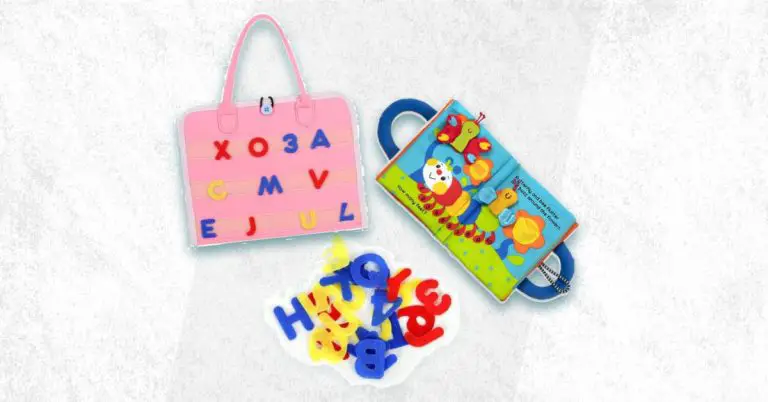
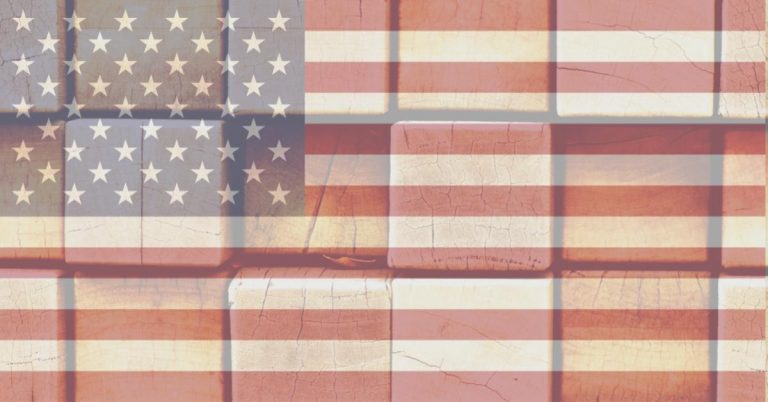

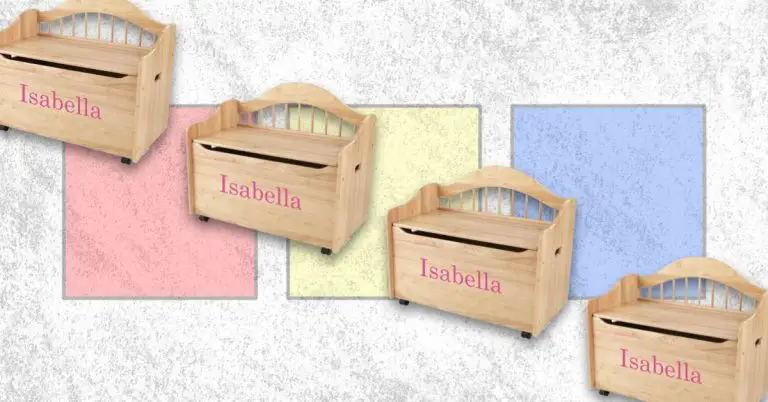
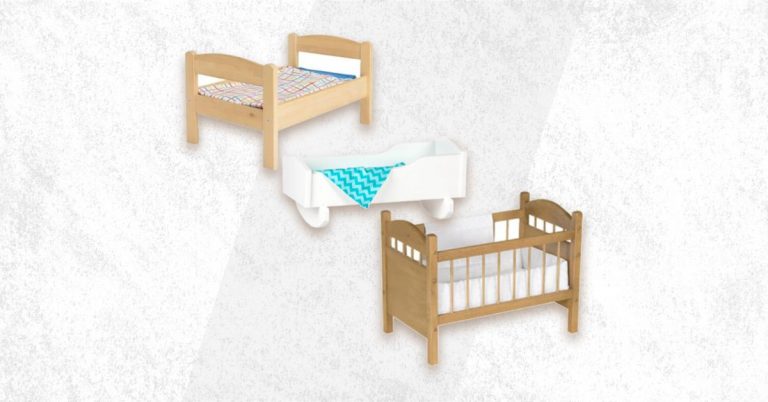
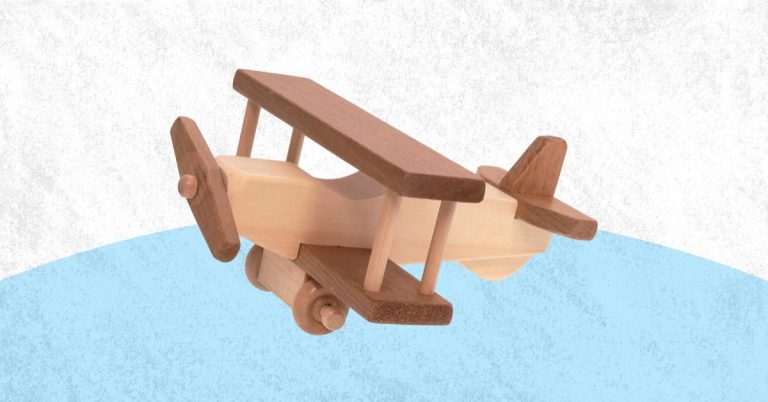
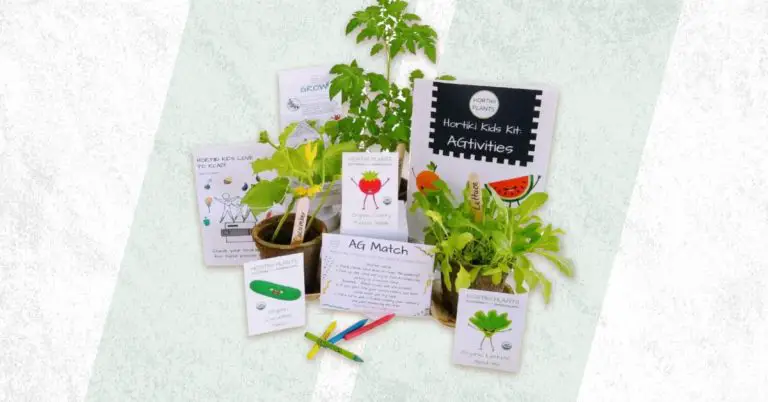
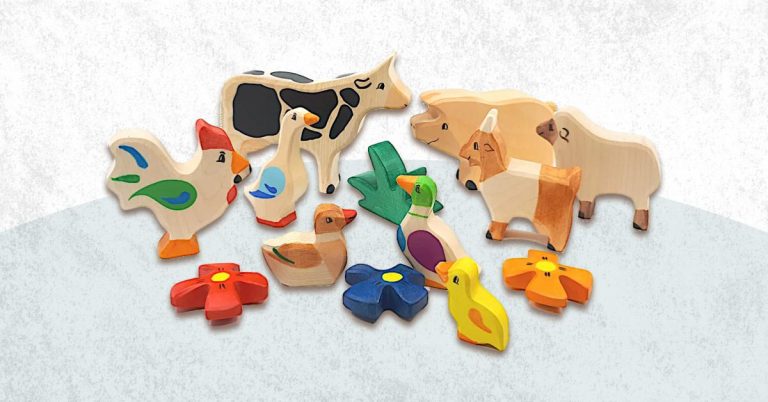

One Response
Squeaky clean and good as new, great tips, simple instructions!! Thank ya